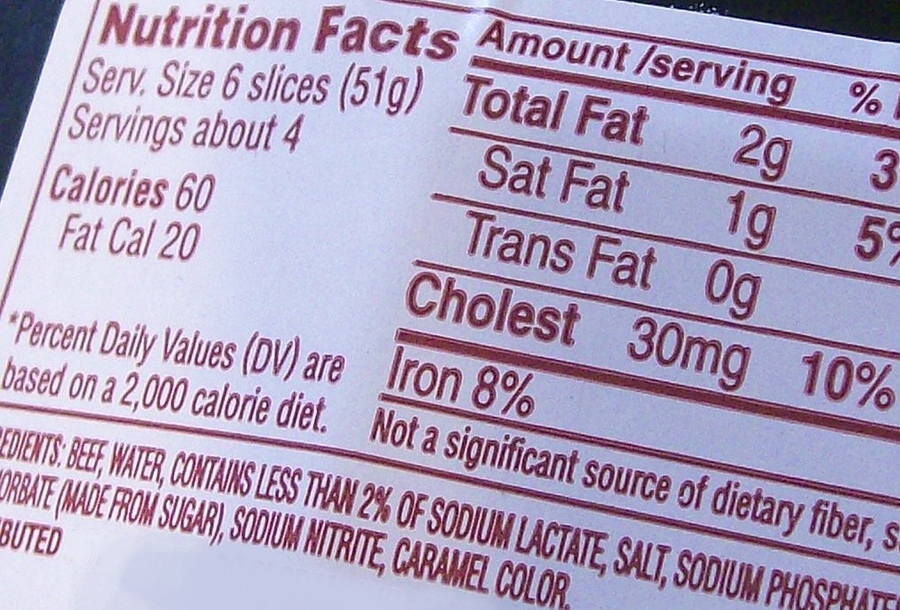
Label Insight recently released its 2016 Transparency ROI study, and the results show that product transparency is a central issue for today’s food consumers. Read on for highlights about what information consumers want, how they want it, and the ways transparency can affect brand success.
Transparency can have a positive impact on brand preference and loyalty, even if it costs more
According to the survey, 73% of consumers would be willing to pay more for a product that offers complete transparency. Further, such products can stimulate brand preference and brand loyalty.
Of total respondents:
- 39% would switch to a new brand if it offered full product transparency.
- 81% would consider a brand’s entire portfolio of products if they switched to that brand because of transparency.
- 94% are likely to be more loyal to a brand that offers complete transparency.
- 56% would be brand loyal for life if a product offered complete transparency.
Product transparency is important across all food categories
Survey participants made it clear that product transparency is significant for all sectors of the food industry.
- Dairy ranked highest, with 97% of respondents saying transparency was important in that sector.
- The dairy category was followed closely by meat (96%) and produce (96%).
- Snacks and baby food ranked lowest, but a large majority of respondents (89%) still said transparency is important in those categories.
Ingredients and nutritional information are most vital
According to the survey, the factors consumers look for most when determining whether a brand is transparent include:
- A list of ingredients (77% of respondents)
- In-depth nutritional information (54% of respondents)
- Certifications and claims (51% respondents).
Somewhat less significant are a listing of known allergens (47%), information about production (40%), information about sourcing (35%), and information about handling (31%).
Consumers may not always believe a brand’s claims, but there’s room to build trust
Because consumers don’t necessarily trust product claims, they often look elsewhere for more information.
- Only 51% of survey participants believe a brand when it claims to be “healthy” or “nutritious.”
- 91% of respondents personally verify such claims, primarily by:
- Checking the label (71%)
- Searching third-party websites (42%)
- Visiting the brand’s website (27%)
However, labeling and other transparency information can help build brand trust.
- 78% of respondents said that complete label information causes them to trust a product more.
- 56% would trust a brand more if it offered additional information about how the product is produced, handled, or sourced.
Consumers are open to digital and SmartLabel technology
88% of respondents expressed interest in accessing a complete set of product information digitally, mostly through:
- The brand’s website (50%)
- A mobile app (35%)
- A third-party website (30%).
79% of survey participants are likely to use SmartLabel technology.
- If a brand participated in the SmartLabel program, 44% of respondents said they would trust that brand more, and 55% said they’d be more willing to try the brand.
Millennial moms are leading the way
Transparency is particularly important to Millennial moms (mothers aged 18-35), and they are especially open to digital labeling.
- Compared to the general population, more Millennial moms link transparency to brand trust and brand loyalty.
- They are also more likely to use SmartLabel technology or a mobile app to verify brand claims.
- 86% of Millennial moms would pay more for a product that offered complete transparency, compared to 73% of respondents overall.
More details are available in the full report.






